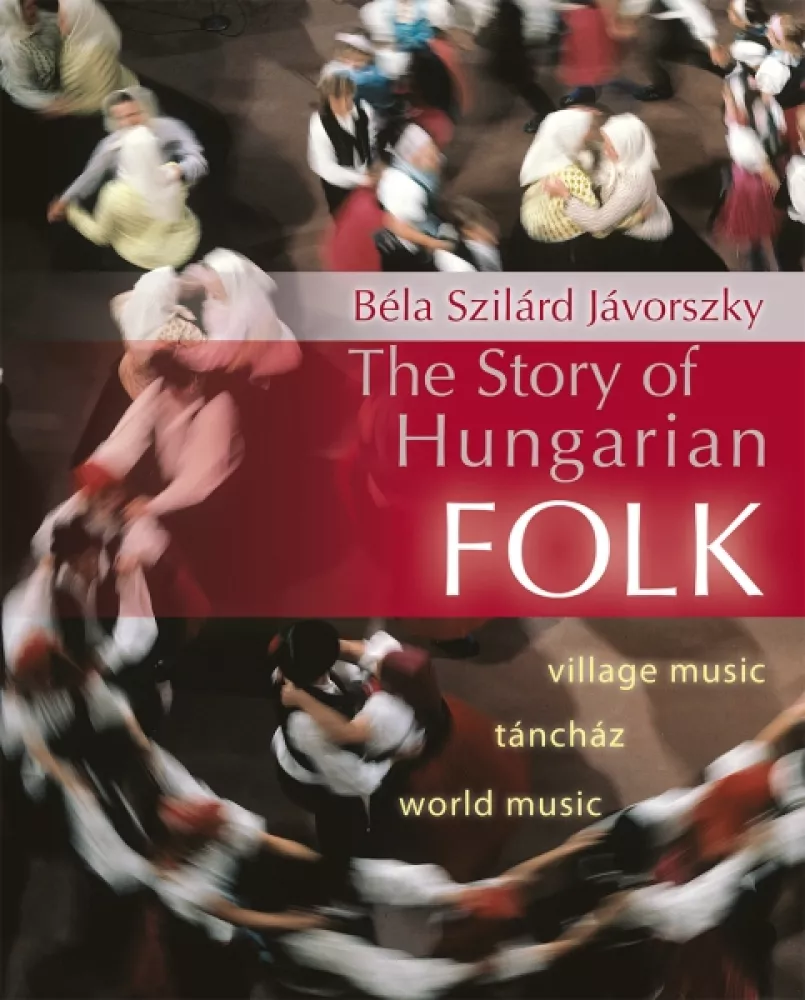


The first táncház in Budapest was held on May 6, 1972. It began as a private event for insiders, but within a year, it was swarming with urban youth. Thus began a grassroots revolution of dance, culture, and lifestyle, organized without political aims, which is referred to today as the táncház movement. And still, the táncház keeps attracting hundreds of thousands worldwide from Toronto to Tokyo. The expression táncház - literally: dance house - comes from Szék (Sic), a small Hungarian village in Transylvania, referring to their regular dance nights, and an opportunity for having fun, socializing, and dancing. And it soon became apparent that this rural folk tradition could also work in a contemporary urban environment. This book is the first comprehensive account of the history of Hungarian folk and world music. It is factual, yet easy to read. It sets out to present the social, cultural, and musical ingredients of folk music. It aims to analyse its trends, show the development of different styles, and introduce the key artists and evaluate their contribution to the genre.
kiadó
megjelenés
2016-04-20
hossz
349 oldal
műfaj
nyelv
angol
ISBN

Ezekkel együtt is megveheted